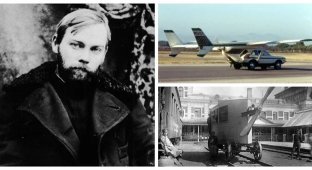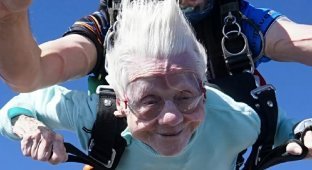Pilatre de Rozier and the world's first aviation accident (7 photos)
In 1783, French professor Jean-François Pilâtre de Rozier made history by becoming the first person to fly in a hot air balloon untethered. Two years later, he made history again by becoming the first person to die in a plane crash. 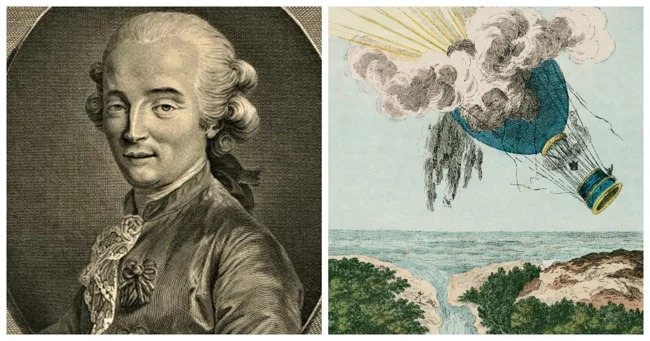
Jean-François Pilâtre de Rozier was born in Metz, a city in northeastern France, into a family of innkeepers. On the recommendation of a certain Violet, a friend of his father, Rosier was enrolled in the Royal College of Saint-Louis, a school run by the Benedictines, but Rosier proved to be a lazy and inattentive student. The same benefactor then arranged for the rebel to become a student in the surgical department of a military hospital, but he abandoned this occupation because of his extreme aversion to dissection. Eventually, Violet managed to persuade Rosier to study physics, chemistry and natural history. He also completed a three-year course in pharmacology. 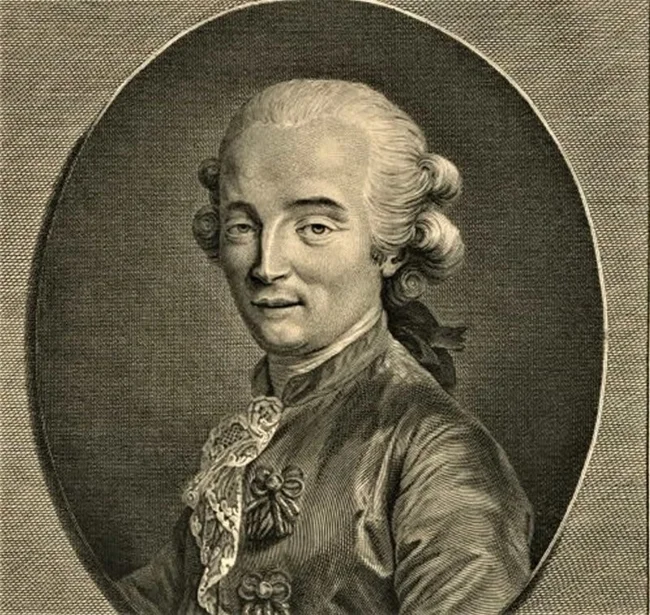
After a conflict with his father, de Rosier went to Paris and got a job in a well-known pharmacy. He moved briefly to Reims and taught physics and chemistry at the Academy, then returned to Paris, where he became the head of the Museum of Natural History. In 1781, he opened his own museum in the Marais district of Paris, where he conducted physics experiments and gave demonstrations to the nobility.
During one of his demonstrations, in order to disprove the fact that hydrogen was present in atmospheric air, Pilatre de Rozier took nine parts of pure hydrogen, mixed it with one part of air, and inhaled the mixture. He then set fire to the exhaled gases. It is unclear what Pilatre de Rozier was trying to achieve, but the result was predictable. There was "such a terrible explosion that one feared his teeth would be blown away." 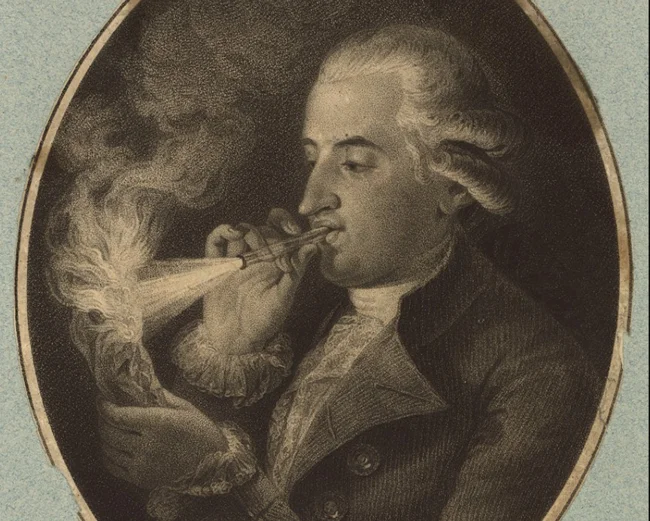
Pilâtre de Rozier's penchant for the dramatic and dangerous drew him to the Montgolfier brothers, who were experimenting with hot air balloons at the time. After witnessing the first public demonstration of an unmanned balloon flight in June 1783, Pilâtre de Rozier proposed ascending to a height of 100 meters in a basket attached to a balloon. King Louis XVI of France had decided that the first manned flight should be made by two convicted criminals, but de Rozier would not allow the honor to go to the dregs of society and suggested that the first balloonists should be men of higher status. The king was persuaded to allow the Marquis d'Arlandes and Pilâtre de Rozier to become the first pilots. 
After several tethered trials to gain experience in handling a hot air balloon, de Rozier and d'Arlandes made the first untethered flight in a Montgolfier balloon on 21 November 1783, taking off from the garden of the Château de la Muette in the Bois de Boulogne. During the 25-minute flight, they rose to an altitude of about 900 meters and flew horizontally for about 9 kilometers, after which they returned to the ground at Butte-aux-Cailles, then on the outskirts of Paris. Pilatre de Rozier predicted "that this inexpensive device would be very useful to the army to discover the position of the enemy's maneuvers, his dispositions, and to announce them by signals to the troops allied with the balloon." 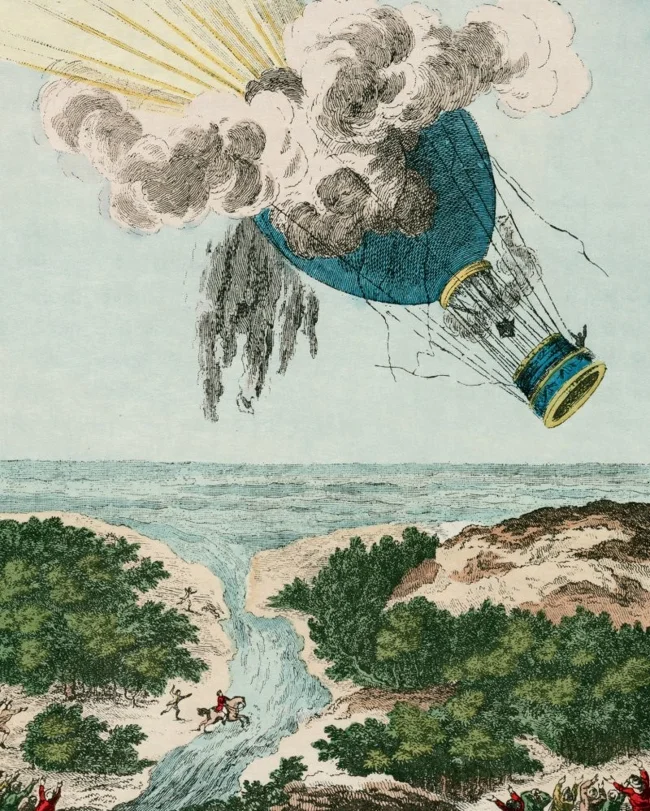
Pilatre de Rozier set off again on January 19, 1784, this time with six other passengers, one of whom was Joseph Montgolfier himself. Four of them, French noblemen, paid for the trip. The balloon used for the second flight was much larger and made of paper and sheepskin. During the flight, the delicate skin tore and the balloon descended too quickly, but no one was hurt. Five months later, in June 1784, Pilatre de Rozier made a third flight with the chemist L. Proust. The balloon rose to a height of just under 3 kilometers and stayed in the air for 45 minutes, landing 52 kilometers from the takeoff point in Paris. 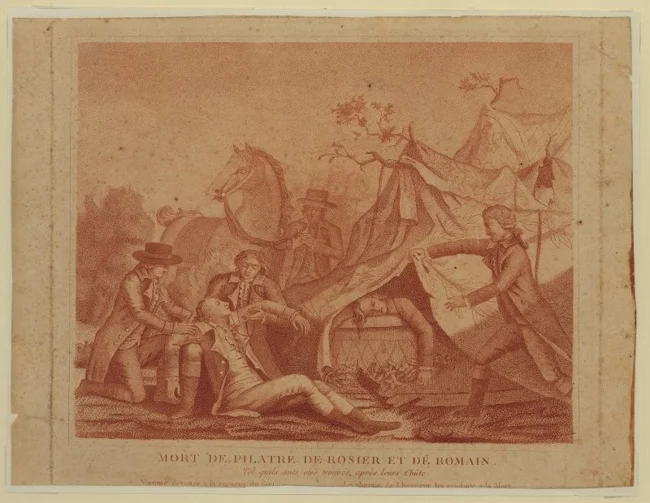
Pilatre de Rozier decided to cross the English Channel from France to Great Britain, and the idea delighted him. However, the prevailing winds did not agree with his plan. So de Rozier created a new kind of double balloon: a hydrogen balloon on top, and a normal balloon underneath. Pilatre de Rozier hoped that the extra lift would increase the flight altitude and perhaps make the balloon inaccessible to adverse winds.
After several delays, Pilâtre de Rozier and Pierre Romains took off from Boulogne-sur-Mer on 15 June 1785. After about 27 minutes, they had reached an altitude of 500 metres (1,600 ft) when a stiff wind carried a spark from the balloon's stove to the upper balloon, where it burned a hole in the thin taffeta and ignited the gas contained within. As flames engulfed the balloons, the two men fell to the ground about 300 metres (1,000 ft) from the water's edge. Pilâtre de Rozier was killed instantly. Romains was still breathing when help arrived, but died shortly afterwards. 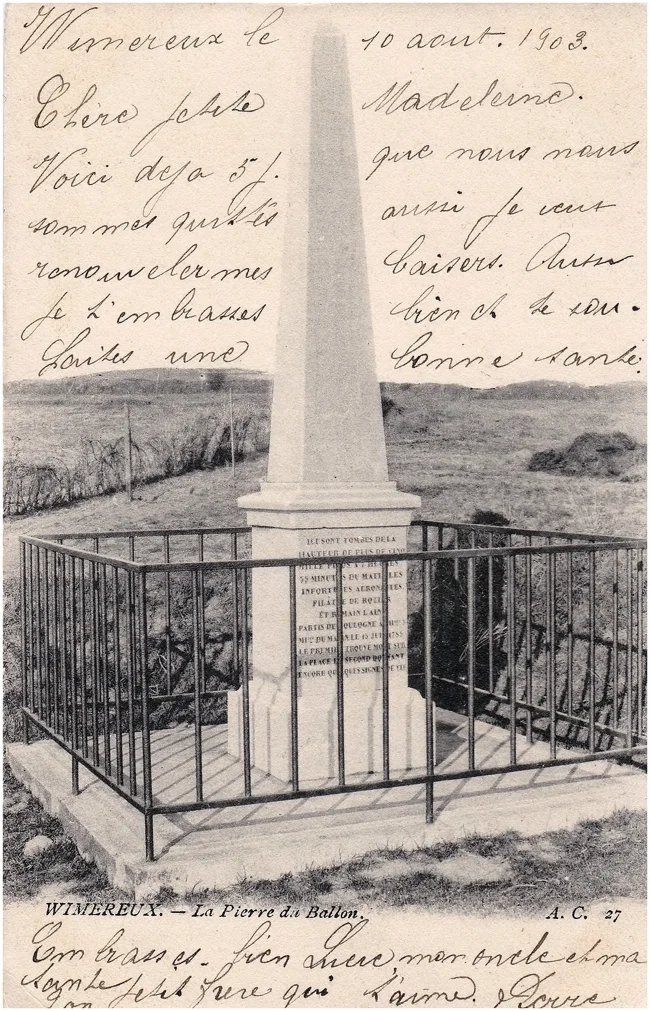
The tragedy was made worse by the fact that Pilatre de Rozier had recently become engaged to a young Englishwoman, Susan Dyer, who was in the audience. Dyer died eight days later, apparently committing suicide.
A memorial obelisk was erected at the site of the disaster.












